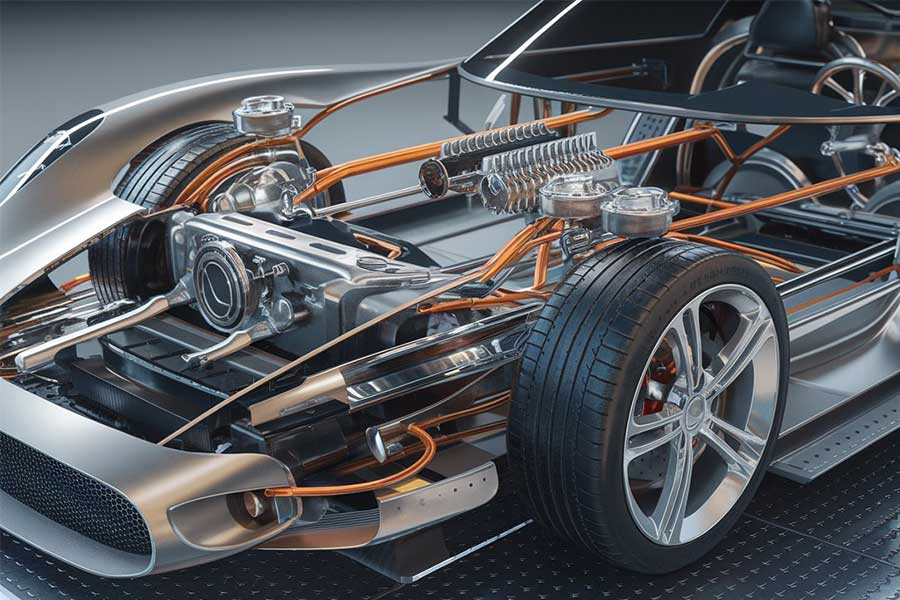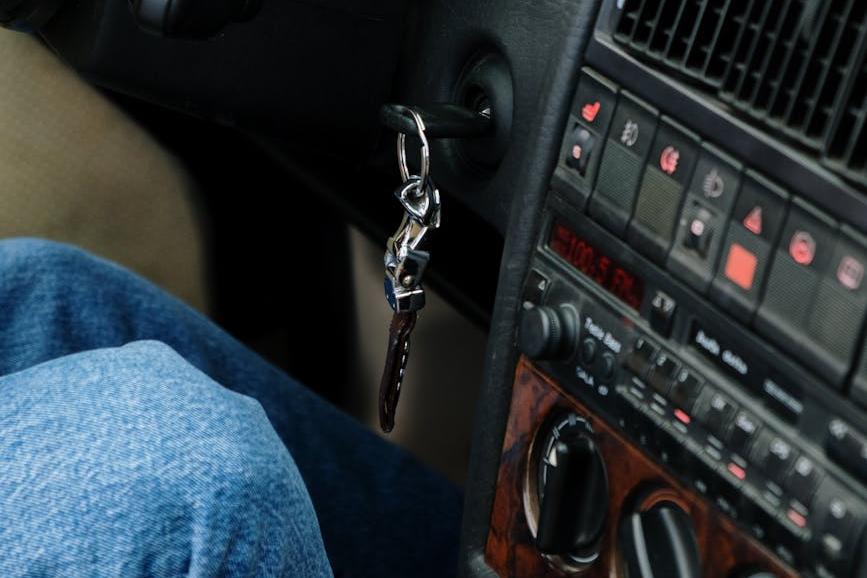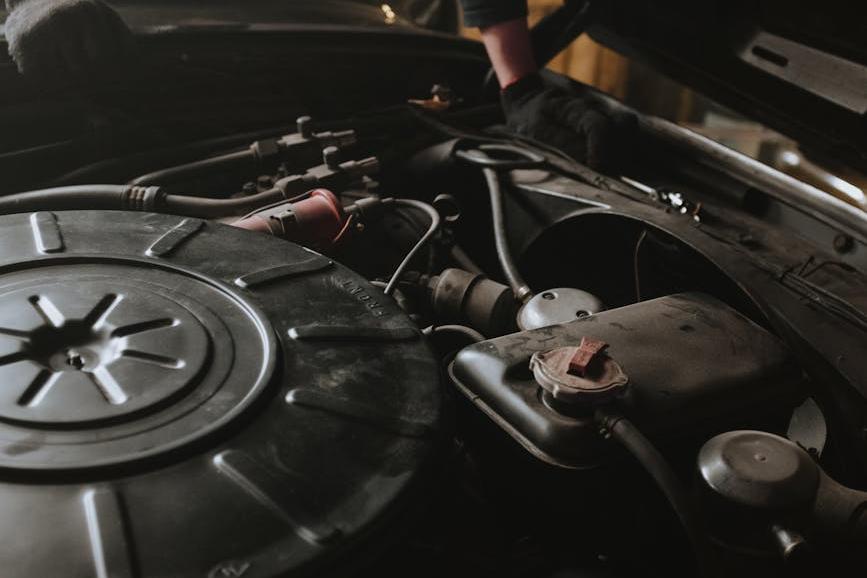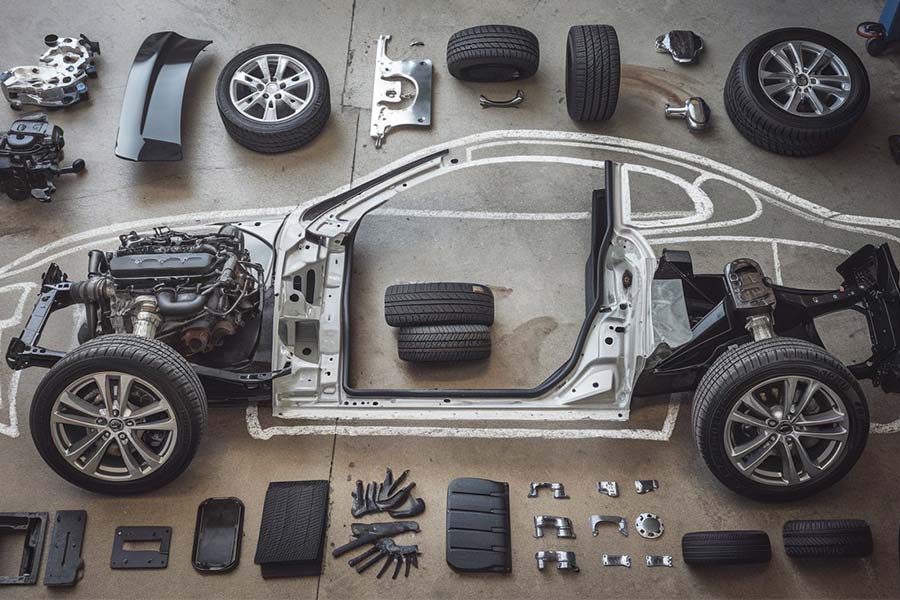- Shanghai Zhongshen International Trade Co., Ltd. - Two decades of trade agency expertise.
- Service Hotline: 139 1787 2118
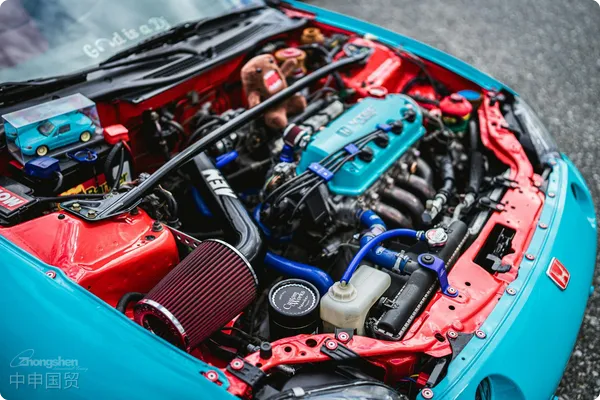
In the automotive aftermarket and maintenance sector, control arms (Control Arm) as core components of suspension systems continue to see growing import demand. However, in international trade practice, over 60% of importers face increased hidden costs due to unfamiliarity with the composition logic of agency fees. This article provides a detailed analysis of cost control points for control arm imports based on 20 years of agency service experience.
I. Analysis of Import Characteristics of Control Arm Products
Internationally - recognized Safety StandardsMaterial and Classification Particularities
Differences between cast iron/aluminum materials directly affect HS code classification (8708.99/8708.50), with potential tariff differences up to 3.5%. Composite material products may require advance application for pre-classification to avoid demurrage fees from customs queries.
Regional Mandatory CertificationsEconomic Selection of Transportation Solutions
Given the single-piece weight of 25-35kg, palletized LCL (Less than Container Load) optimization is recommended. Actual data shows: A standard 40HQ container can accommodate 1,200 control arms, with a 23% loading rate improvement reducing unit freight costs by 17%.
Note: Based on typical 2023 EU-to-China pricing calculations
II. Core Strategies for Cost Optimization
Advance supplier management
- Require manufacturers to provide material reports compliant with GB/T 26710-2011 standard
- Promote the adoption of nestable packaging design (saving 15% volume space)
- Establish a inspection upon arrival quality assurance mechanism
Dynamic modeling of transportation solutions
- EstablishMaritime TransportationCycle and inventory cost balancing formula:
Optimal transportation cycle T=√(2S/DH)
(S: Single transportation cost, D: Monthly demand, H: Unit warehousing cost) - China-Europe Railway ExpressMixed transportation solutions with sea freight can reduce delivery time by 7-12 days
Technical implementation of compliance management
- Utilize HS intelligent comparison system to automatically match tariff rates under 15 free trade agreements
- Establish material database: Monitoring declaration differences between 316L stainless steel and A356 aluminum alloy
Innovative approaches to tariff planning
- Bonded zone importAutomotive partsApplication of remanufacturing policies
- Cross-border E-commerceOptimization of dutiable value through B2B channels
- Feasibility verification for ASEAN (avoiding anti-dumping risks)Entrepot TradeCase study of a German-brand maintenance center project in China:
III. Analysis of typical cases
: Annual import volume of 20,000 pieces, comprehensive costs exceeding budget by 18%
- Pain Points① Establish bonded warehouse distribution center in Turkey, saving 12% on EU anti-dumping duties
- Solutions:
② Implement door-to-door temperature-controlled transportation (preventing rubber bushing deformation)
③ Adopt pre-classification ruling procedures to reduce customs clearance time by 4.7 days
: Annual logistics costs reduced by 22.3%, inventory turnover rate increased to 8.2 times - AchievementsThe optimization of control arm import costs essentially reflects refined supply chain management capabilities. By establishing a four-dimensional control model of product characteristics-transportation solutions-compliance management-tax planning, importers can reduce comprehensive costs by 18-25%. It is recommended to select agency service providers with professional customs clearance qualifications for auto parts and overseas inspection emergency teams to build long-term cost advantages.
Conclusion
Revealing control arm imports: How to avoid hidden costs and save 25% on expenses?
Related Recommendations
Category case
Get in Touch
Email: service@sh-zhongshen.com
Related Recommendations
Contact via WeChat

? 2025. All Rights Reserved. Shanghai ICP No. 2023007705-2  PSB Record: Shanghai No.31011502009912
PSB Record: Shanghai No.31011502009912
